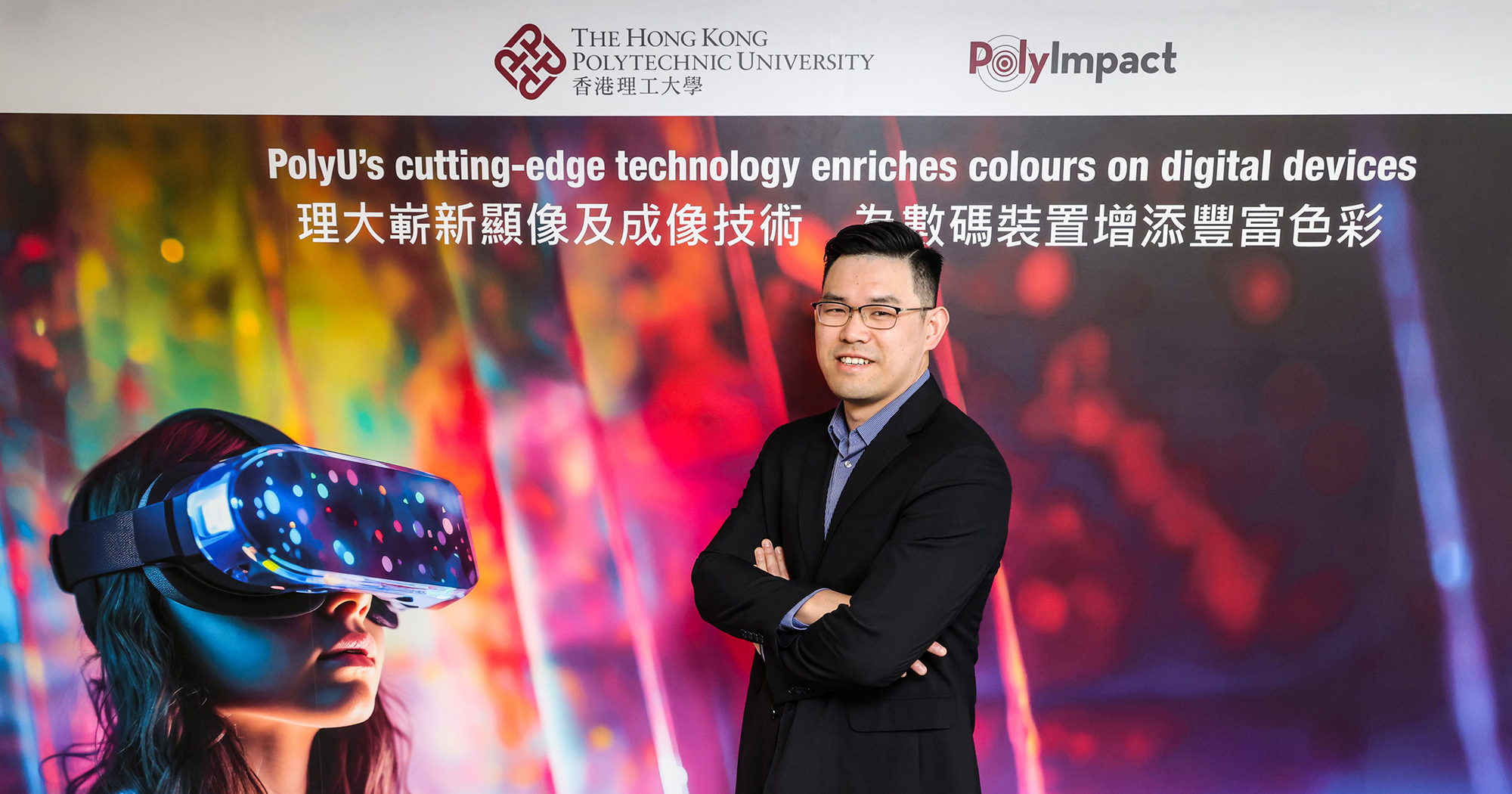
Ethical AI Humanity in the Workplace of 2025
The Rise of AI Collaboration
By 2025, AI is no longer a futuristic fantasy; it’s a tangible part of the daily workplace. We’re not talking about robots replacing humans entirely, but rather intelligent systems collaborating alongside us. This means AI handling repetitive tasks, crunching data to reveal insights humans might miss, and providing support in decision-making processes. The ethical considerations here focus on ensuring fairness and transparency in how these systems operate, avoiding bias in algorithms, and recognizing the potential for job displacement. Re-skilling and upskilling initiatives are crucial to help employees adapt to this evolving landscape and work alongside AI effectively.
Algorithmic Bias and Fairness
One of the biggest ethical challenges is mitigating algorithmic bias. AI systems learn from data, and if that data reflects existing societal biases – whether related to gender, race, or other factors – the AI will perpetuate those biases. This can lead to unfair or discriminatory outcomes in hiring, promotion, performance evaluations, and even access to opportunities. Companies are grappling with this by implementing rigorous testing and auditing of algorithms, seeking diverse data sets for training, and focusing on explainable AI – systems that can clearly show how they arrive at their conclusions. This transparency is key to building trust and identifying potential biases early on.
Data Privacy and Security in the Age of AI
The increased use of AI in the workplace necessitates a robust approach to data privacy and security. AI systems often require access to sensitive employee information – personal data, performance metrics, communications – raising concerns about potential misuse or breaches. Strong data governance policies, robust security measures, and employee training on data protection best practices are vital. Furthermore, ensuring compliance with relevant regulations, such as GDPR, is non-negotiable. Transparency about data collection and usage is crucial to maintain employee trust and confidence.
AI and Employee Wellbeing
The integration of AI can significantly impact employee wellbeing, both positively and negatively. On the positive side, AI can automate mundane tasks, reducing stress and freeing up time for more meaningful work. However, concerns exist about potential job insecurity, the pressure to adapt to new technologies, and the potential for increased surveillance through AI-powered monitoring systems. Companies need to proactively address these concerns, fostering a culture of support and providing resources for employees to manage the transition to an AI-integrated workplace. This could include mental health support, training programs, and open communication channels.
The Human Element: Maintaining Empathy and Critical Thinking
Despite the advancements in AI, human skills remain irreplaceable. Empathy, critical thinking, creativity, and emotional intelligence are all areas where humans still hold a significant advantage. Ethical AI implementation should prioritize augmenting human capabilities, not replacing them entirely. This means focusing on tasks where AI excels – analyzing large datasets, automating repetitive processes – while retaining human oversight and decision-making, particularly in areas requiring nuanced understanding and ethical judgment. The emphasis should be on collaborative work, where humans and AI complement each other’s strengths.
Accountability and Responsibility
A crucial ethical consideration is establishing clear lines of accountability and responsibility for AI-driven decisions in the workplace. If an AI system makes a mistake, who is held responsible? The developers, the company implementing the system, or the individuals using it? Clear protocols and legal frameworks are needed to address these questions. Moreover, regular ethical reviews and audits of AI systems are essential to ensure ongoing compliance with ethical standards and to identify potential risks proactively. This requires a multi-disciplinary approach, bringing together experts in AI, law, ethics, and human resources.
The Future of Work and Ethical AI
The integration of AI in the workplace of 2025 presents both opportunities and challenges. By prioritizing ethical considerations, fostering a culture of transparency and accountability, and proactively addressing potential risks, organizations can harness the power of AI while safeguarding the wellbeing and rights of their employees. This requires a continuous dialogue between stakeholders, including employees, management, developers, and policymakers, to ensure that AI development and deployment serve humanity, not the other way around. The future of work is not about humans versus AI, but rather humans and AI working together ethically and productively. Click here to learn about ethics in AI HR in 2025.










